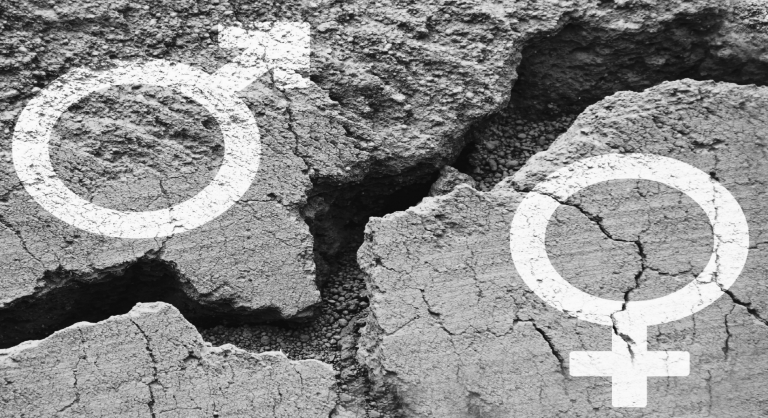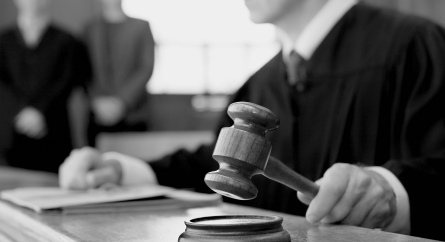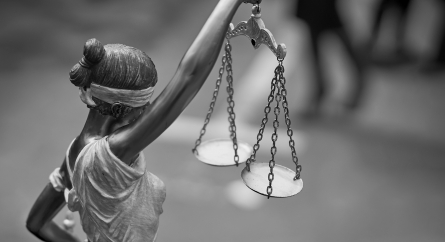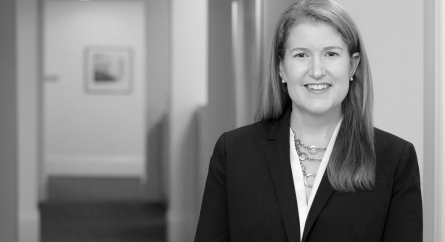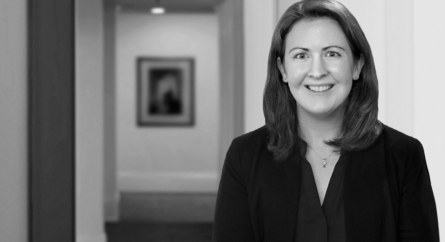School’s Historical Treatment of Other Title IX Claims Used to Support an “Erroneous Outcome” Claim
On February 9, 2018, the Sixth Circuit Court of Appeals issued its decision in Doe v. Miami University, et al. While the Court upheld the dismissal of many of the claims John Doe asserted after having been found responsible for violating the university’s sexual assault policy, including for hostile environment, deliberate indifference and § 1983, it did allow his claim for erroneous outcome to go forward.
The Court found that John Doe sufficiently alleged facts to cast doubt on the accuracy of his hearing. The sole witness against him provided a statement with conflicting accounts of whether the sexual activity was non-consensual, and one hearing-panel member provided an erroneous description of the university’s sexual assault policy.
Perhaps more importantly, the Court found that John Doe sufficiently alleged facts to show a causal connection between the erroneous outcome and gender bias (as needed to support his Title IX claim) largely through statistical evidence. In particular, John Doe amassed the following allegations in his complaint:
- Every male student accused of sexual misconduct during the 2013-2014 academic year had been found responsible;
- Approximately 90% of students found responsible for sexual misconduct from 2011-2014 had male first names;
- An attorney who had frequently defended students in disciplinary actions stated in an affidavit that the university had a pattern of investigating male students but not female students;
- The university did not pursue an investigation of Jane Doe’s conduct (the female student involved in the incident) despite evidence that John Doe claimed to be too drunk to remember the night in question, and thus incapable of providing consent, and Jane Doe’s admission that the two had had some consensual sexual contact on the night in question;
- Pressure to combat sexual assault from the federal government and from being named as a defendant in private lawsuits, leading to an increase in the zealousness of the university’s investigation and prosecution of male students.
The case will now enter the discovery phase, where John Doe will look for evidence to corroborate his allegations.
Client Tip: This case serves as a reminder for institutions to apply its policies evenly toward all students and to take into consideration all of the relevant facts uncovered during the investigative process when deciding whether discipline is warranted.
Categorized: Harassment, Higher Education, Sexual Misconduct
Tagged In: erroneous outcome, gender bias, Sexual Assault, Title IX


